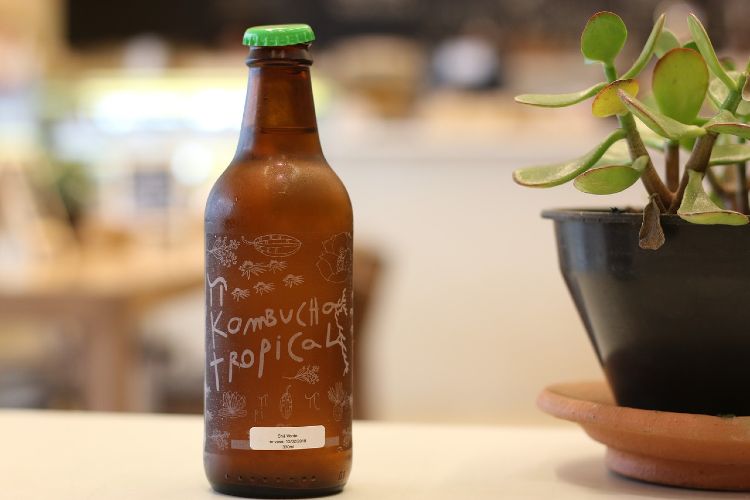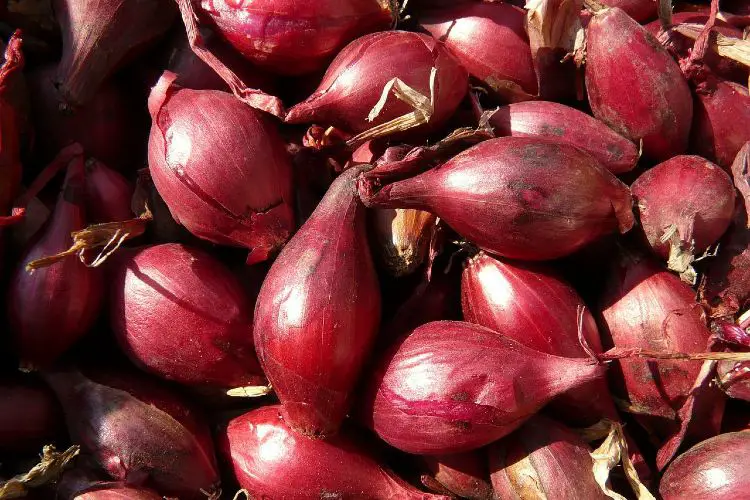Onions At War
One of the most interesting stories of the rise and fall of a foodstuff in popularity is that of the onion in early to mid-twentieth-century Britain. Perhaps now the most humble and ubiquitous vegetable, peeled, chopped and thrown into just about any savoury dish from curry to soup to salad, for a brief period the onion was once one of the most desirable ingredients in the cook’s larder.
With the industrial and agricultural advances of the Victorian and Edwardian ages, farming had become much more efficient. The arrival of the railways meant that fresh foods could quickly be transported all over the country to where they were most in demand before they spoiled, so farmers could choose to grow cash crops of luxury items, such as flowers or soft fruit, rather than being limited to what would sell in their own local area.
People were eating more vegetables too: the science of nutrition had revealed the role of vitamins in diet and the related concept of deficiencies, which led to diseases such as scurvy. Yet the deaths of working-age men during the First World War and caused by the Spanish Flu of 1919 led to a labour shortage, as well as making the cost of labour more expensive. Farmers between the wars were therefore careful to maximize their productivity and profitability.
Onion acreage declined as farmers sought to raise more profitable crops. The Timesnewspaperreported in 1936 that ‘it is claimed that the severe foreign competition has made it unprofitable to grow a crop which occupies the ground so long and involves such a high expenditure on hand labour’. Cross-channel travel became cheaper, too, and in the early part of the twentieth century most of the onions bought and sold in Britain came from outside the country. They were grown in Spain, the Netherlands and in one place in particular: Brittany.
Travelling Breton ‘onion johnnies’, as they were known, were popular in Britain, and indeed imported over 9,000 tons of onions into Britain in 1929. They were so common that their appearance has become a stereotype. Cartoons of the French, then as now, often include the onion johnnies’ distinctive blue-and-white striped tops and berets, their braids of pink onions and their bicycles.
But in 1939, 1,600 Frenchmen – and The Times mentions specifically that these included many Breton onion-sellers – were ‘cheered off’ as they left Britain to go back to their native France and join their regiments. At this time 98 per cent of onions sold in Britain were grown abroad. No wonder, then, that they quickly became scarce as war spread throughout the countries Britain had come to depend on to provide certain foods, such as Spain and the Netherlands. Though they were subject to price controls (they could not be sold for more than 4½ pence. per pound) and general rules banning the hoarding of food, onions had all but disappeared from many people’s diets by 1941. People were advised to grow their own, but growing an onion crop takes many months, and there was a definite gap between the disappearance of onions in the shops and their reappearance both on farms and in private gardens.
Letters were written to the papers bemoaning their absence. One lady from North Devon missed them so much that she offered a whole field to rent for a year, for the price of one onion. In 1940 one onion, auctioned for charity at a football match, went for the price of £3, 1 shilling and 6 pence (a little under the average weekly wage: today’s equivalent might be £400). In 1941, a greengrocer was taken to court for selling onions as onion sets for planting rather than for eating; he had charged £952, rather than the government-controlled price of £254 for the same quantity of eating-onions. Onions were even raffled, raising large sums of money for the war effort.
In 1941 the Minister of Agriculture and Fisheries bought up a large part of the Egyptian onion crop and announced that much land previously used for farming livestock was to be turned over to the production of vegetables. ‘We are going to grow 1,500 per cent more onions this year’, he said – ‘and I hope the onion will then be eaten, not talked about.’ Space was reserved especially for onions on the vessels that dodged German U-boats in order to enter the UK. Unfortunately the purchase of the Egyptian crop still only meant that each person in Britain would receive only 2 pounds in weight of onions over the whole autumnal season, a statistic discovered and indignantly reported by the press. In that same year a law even came into force banning the lifting of onions for spring onions, rather than leaving them in the ground to mature.
The Duke of Norfolk attempted to bring in ‘Red Cross Onion Clubs’, which he suggested be made up of twenty children per club, who could group together in teams and grow onions on pieces of land kindly donated rent-free by their owners. ‘A thousand clubs could raise between 2,000 and 3,000 tons of onions, all for the forces’, he said in 1943. ‘But a start must be made now.’ It seems the loss of this humble vegetable was considered something of a crisis. ‘The onion may not be an essential food like the potato,’ he said, ‘but it is a most necessary vegetable and is missed more than any other.’ Sadly, perhaps because farmers were unwilling to turn over portions of potentially productive land rent-free to enthusiastic children, the Red Cross Onion Clubs remained only a dream.
Eventually, through a combination of government measures, the end of the war, and people’s own efforts to grow their own food, onions became more readily available. And they came to be appreciated much more by the public before their ubiquity again made them the humble vegetable we so unthinkingly throw into all kinds of dishes, from soups to stews, stir-fries, stuffings and pies.
Further Reading
Martha Jay’s Blog: www.accounting4taste.blogspot.co.uk


